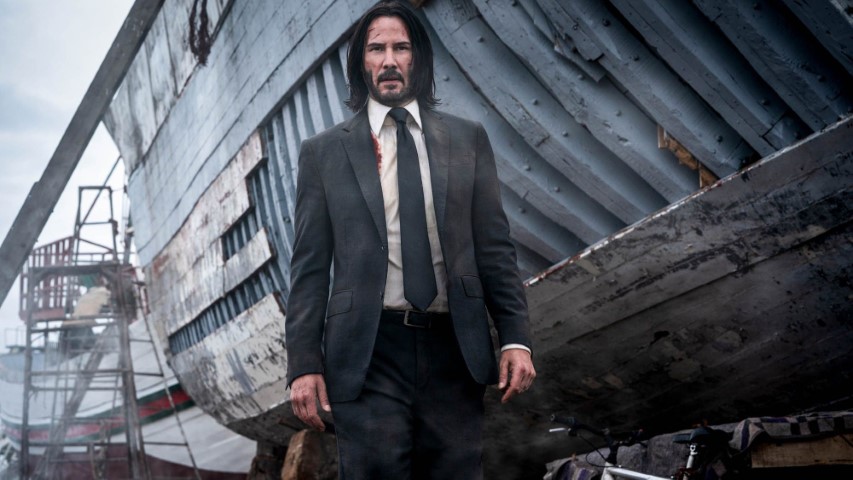By Angela Espinoza, Contributor
“I worry about the way information circulates…” – Olive Penderghast
Young students and adults alike have adopted the pink shirt tradition for Anti-Bully Day, which celebrated its seventh year on February 26, but there is little evidence that the event’s message carries on throughout the rest of the year. There are limited examples in film and television that display what bullying is actually like for young people, but with cases of severe bullying being what they are, it’s understandable that more viewable media wouldn’t want to touch the subject—at least, not seriously.
Generic Disney Channel shows and the likes of Glee grossly exaggerate what “bullying” actually looks like. Disney shows in particular glorify characters who are perhaps meant to be anti-heroes but are in turn accurate examples of how a bully would act.
Of the few examples of media that fairly represent bullying, the 2010 film Easy A comes to mind. The film tells the story of 17-year-old Olive Penderghast (Emma Stone), who lies about losing her virginity and, within a few short weeks, finds her high school student body is far too intrigued and socially aggressive towards her as a result. While there certainly is a level of wackiness on the film’s part, Stone’s narration throughout the film provides extensive commentary on what feelings can arise from bullying and what lengths more difficult students (and people in general) will go to if they are cruel or simply insensitive enough.
The 2011 documentary Bully has also played a large part in bringing awareness to what high school students endure with more severe cases of bullying. The doc focuses on the suicides of Tyler Long (1992-2009) and Ty Smalley (1998-2010), who were both quite young, and what specific aspects of their bullying led them to end their lives.
It’s important to note that outbursts from one child to another are far from what Anti-Bully Day is fighting against. Rather, it’s the cases of repeated and consistent bullying—which largely result from not dealing with the issue at hand—that Anti-Bully Day’s message is trying to prevent.
While Easy A and Bully may otherwise have very little in common, their accurate representations of bullying have certainly been a wake-up call for many in the past few years. But where Easy A is appropriate for teens, who sorely need to hear the film’s message, Bully has the issue of being a restricted film in the US (although it was released as PG in Canada), as it does extensively discuss the suicides of two young people.
There also lies a problem in how exactly media should address bullying. Easy A manages to balance out its otherwise serious plot with a sassy and delightful protagonist. Realistically, teens would probably be more inclined to see a fun film like Easy A over an immensely dramatic documentary like Bully any day of the week. Thus, rather than address the topic seriously, we then get plenty of film and television cases where bullying is poorly represented to an audience that sorely needs a clearer idea of what “bullying” can actually look like.
In turn, there needs to be a thorough message that the way to combat bullying is not to bully back, or to not say anything—it seems like common sense, but what few examples such as Glee and even Easy A provide is that students will actually not receive help from their teachers or principals. Perhaps that message more than anything is what makes a day like Anti-Bully Day so necessary: not the idea that bullying is at an extreme high, but the idea that receiving help is at an extreme low.

